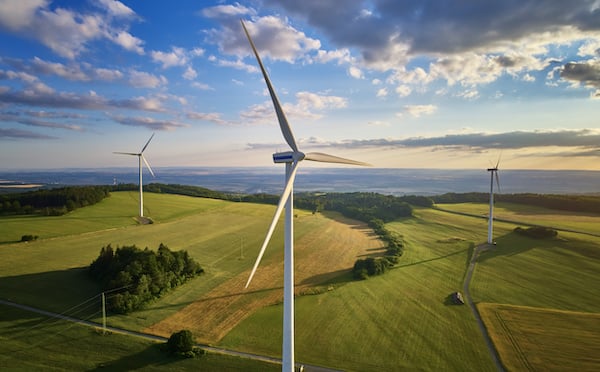Hydroelectric power generation
Hydraulics are integral in hydroelectric power generation, using turbines and generators to create energy. According to the Corps of Engineers, "a hydraulic turbine converts the energy of flowing water into mechanical energy. A hydroelectric generator converts this mechanical energy into electricity.” Hydraulics also help control water flow with dam gates and valves. Different hydraulic systems make hydroelectric power generation more efficient.
The following are some key areas where hydraulics are crucial in this process:
- Water flow control: Dams play a significant role in hydroelectric power plants, using hydraulic gates when releasing or stopping water. The hydraulic gates can effectively control water flow by employing the penstock, allowing users to adjust power output as needed with precision.
- Turbine control: When water flows through the penstock, it meets the turbine. This turbine plays a crucial role in converting hydraulic energy into mechanical energy.
- Generator control: Once the turbine creates mechanical energy, electricity is made using a generator. Typically, hydraulics are used within the generator to manage the amount of power that is discharged.
Hydraulic accumulators in wind energy 
In many wind turbines, hydraulics are used to keep the pitch of the turbine blades consistent. By doing this, the hydraulics are used as an auxiliary energy storage device. This means that hydraulic fluids are stored in the accumulators, and when the pressure from the system is released, the angle of the blade can change. By changing the angle of the blade, hydraulics optimize the amount of energy accumulated in different wind conditions.
Wind turbines also use hydraulic systems for blade rotation settings and regulation, the two brake control systems and to turn the direction of the blades and capture higher wind speeds. Hydraulics operate a disc brake in the hub that holds the blades stationary when there is inadequate wind speed, usually less than 7 mph. The other braking system is aerodynamic "tip brakes", slowing each blade in the event of a required shut down due to high winds.
The hydraulic systems in wind turbines are a series of hydraulic fittings and hose assemblies connected to drive systems for power transmission.
Energy efficiency in industrial processes
Industrial processes incorporate hydraulic systems to manage machinery and task execution for improved energy efficiency. However, the advantages of hydraulics extend far beyond energy conservation alone. These systems exhibit remarkable load-sharing capabilities, guaranteeing the machinery operates optimally despite shifting workloads. This flexibility helps save energy and makes industrial processes run smoothly and efficiently.Additionally, the ability to fine-tune hydraulic systems easily enables manufacturers to customize operations based on real-time requirements. This adaptability is beneficial for those with fluctuating demands since they allow for precise adjustments to power output, ultimately resulting in reduced energy costs.
Conclusion
Hydraulic systems have proven beneficial when working with different renewable energy sources. Hydraulics can help with power generation and distribution but can also be essential in areas with varying weather conditions. As described here, hydraulics can be functional in nearly every aspect of daily life.
Sources include:

